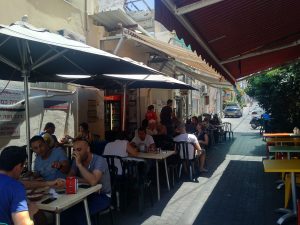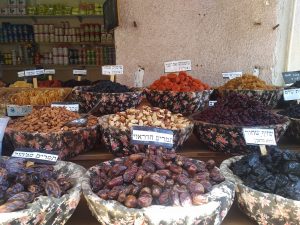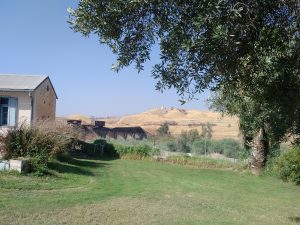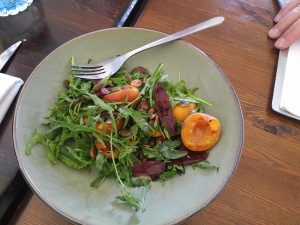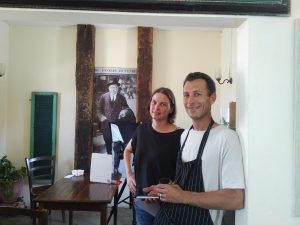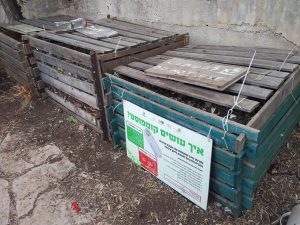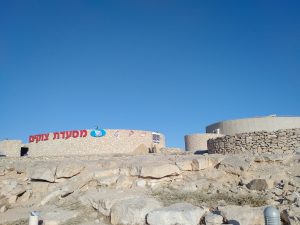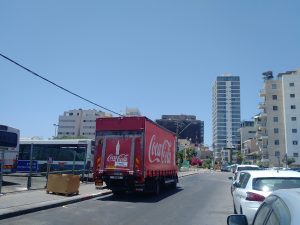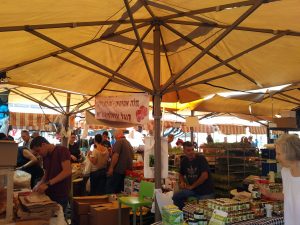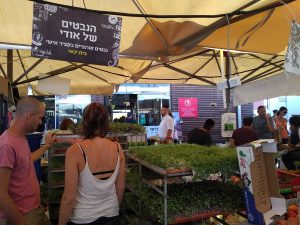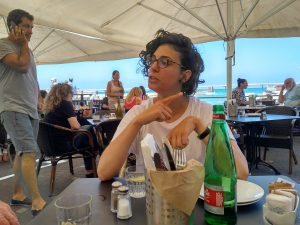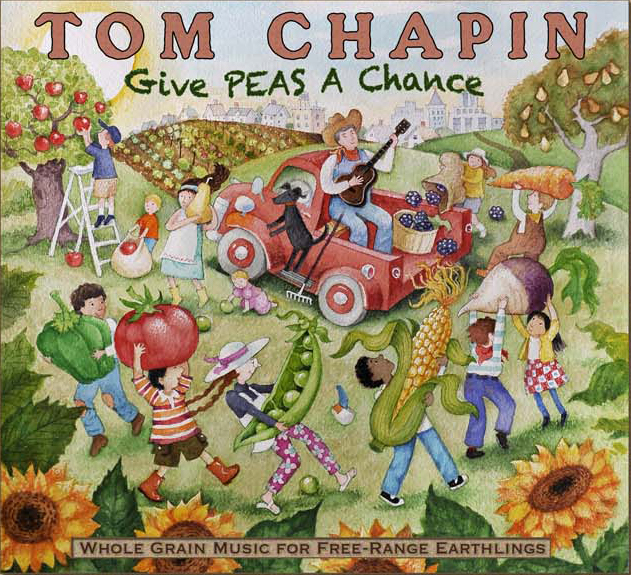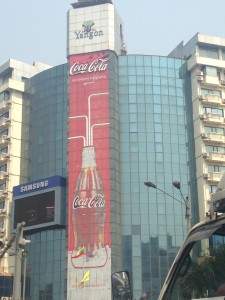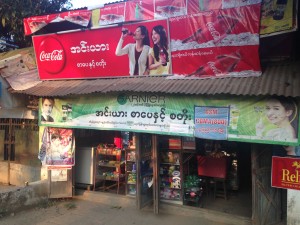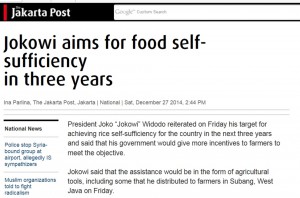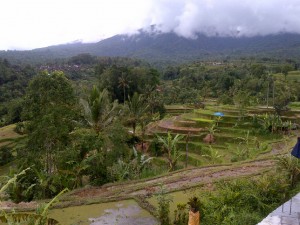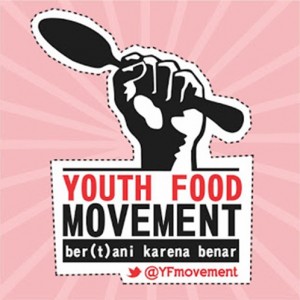On my mind: The U.N.’s Sustainable Development Goals
When I give talks these days, I usually wear a pin—the O in the United Nation’s Sustainable Development GOals (SDGs). These were authorized by the U.N. General Assembly in 2015 to be achieved by 2030.
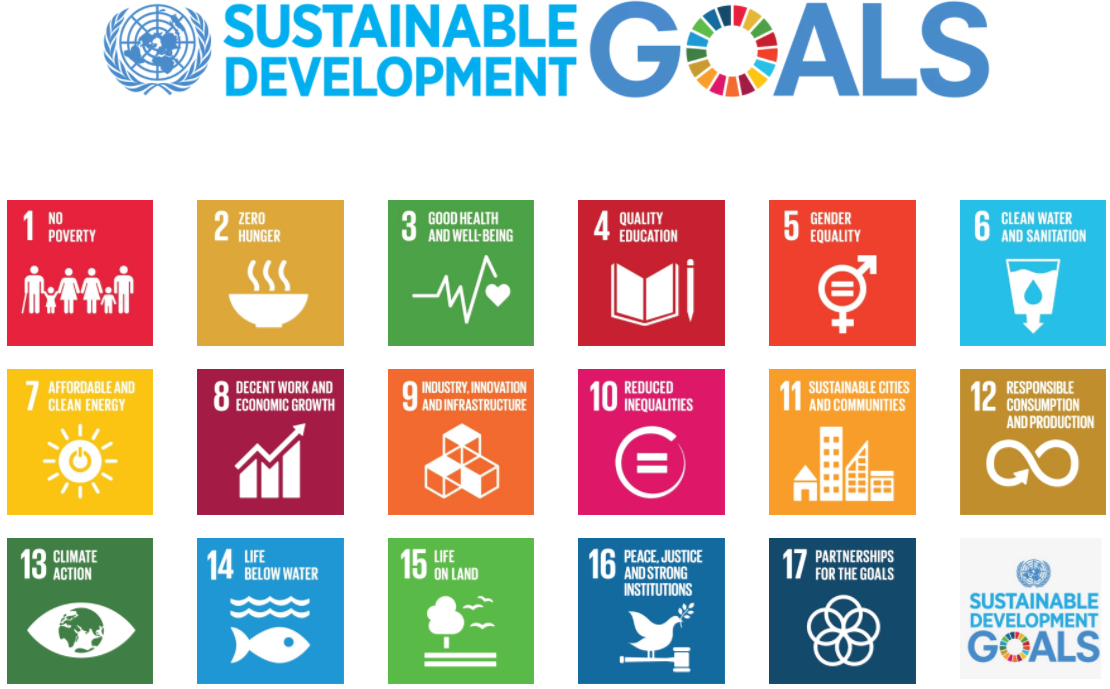
Each goal has specific sub-goals. These are listed here in interactive format. Food comes up in several, but mainly in Goal 2 (End Hunger) and a bit in Goal 12 (Responsible Consumption and Production). Here are the first three sub-goals for Goal 2:
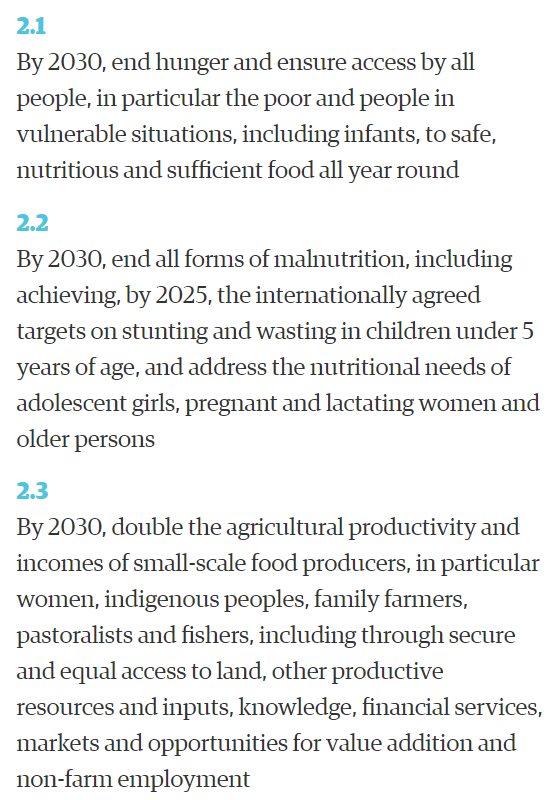
The SDGs have sparked many organizations to take action. The U.N. makes taking small actions easy for individuals by producing “The Lazy Person’s Guide to Saving the World“—things you can do from your couch, your home, or outside your home.
Here’s the U.N. report on how progress toward the goals looked in 2016.
I wish chronic disease prevention was more prominent in these goals, which would make food more prominent, but this is a start and well worth knowing about.

